Each part of a samurai sword's mounting, or koshirae, has a specific name and function. Together, these components combine practicality, craftsmanship, and aesthetic harmony. Below is an overview of the primary fittings and their purposes.
Table of Contents
- Kashira (Pommel Cap)
- Tsuka-maki (Handle Wrapping)
- Tsuba (Hand Guard)
- Kurigata
- Sageo (Cord)
- Kojiri (Scabbard End Cap)
- Same-kawa (Ray Skin)
- Kōgai (Utility Pin)
- Kaeshizuno (Scabbard Hook)
- Real vs. Imitation Mountings
Kashira (Pommel Cap)
The pommel cap covers the end of the sword’s handle. The wrapping cord is tied at the side of the kashira. Usually made from copper or iron, tachi mountings use a larger piece called kabutogane, which often includes a small hole.
Tsuka-maki (Handle Wrapping)
Silk or cotton cord wrapped around the handle to secure the ray skin and provide a firm grip for the user.
Tsuba (Hand Guard)
Also called gane in some contexts, the tsuba protects the hand and aids in drawing the sword. It is often the most ornate part of the sword mounting.
Kurigata
A knob on the scabbard used to secure the sageo cord to the sword belt. Typically made from wood or horn. Tachi mountings do not have a kurigata.
Sageo (Cord)
A silk cord that secures the scabbard to the samurai’s waist belt, preventing it from slipping.
Kojiri (Scabbard End Cap)
The protective fitting at the end of the scabbard, typically made from metal or horn.
Same-kawa (Ray Skin)
Ray skin wraps around the handle beneath the cord. Its natural roughness prevents the cord from slipping. The skin comes from species native to the South Seas and was historically used in Japan for other luxury items as well.
Kōgai (Utility Pin)
Originally for securing the blade and decoration, it could also serve as a hairpin or ear cleaner. Usually crafted from copper or copper alloys.
Kaeshizuno (Scabbard Hook)
A fitting to prevent the scabbard from touching the ground. Usually made from wood or horn. On tachi and han-tachi mountings, this is replaced by a metal fitting called semegane or, in military swords, a kashiwa leaf fitting.
Real vs. Imitation Mountings
Authentic mountings are handcrafted for the specific blade. Using mismatched parts or mass-produced fittings devalues the sword. Proper mountings ensure that components such as the fuchi and kashira match, the blade draws and sheaths smoothly, and the scabbard length complements the blade’s curvature—typically 3 to 4 centimeters longer than the blade itself for long swords.
Note: The components of a samurai sword’s mountings combine to create a balance of form, function, and tradition, reflecting both the swordsmith’s skill and the samurai’s identity.
Read more

Explore the traditional forging process of the Japanese katana, from folding tamahagane steel to complex lamination styles like kobuse and sanmai. Learn how fire, technique, and precision come toge...
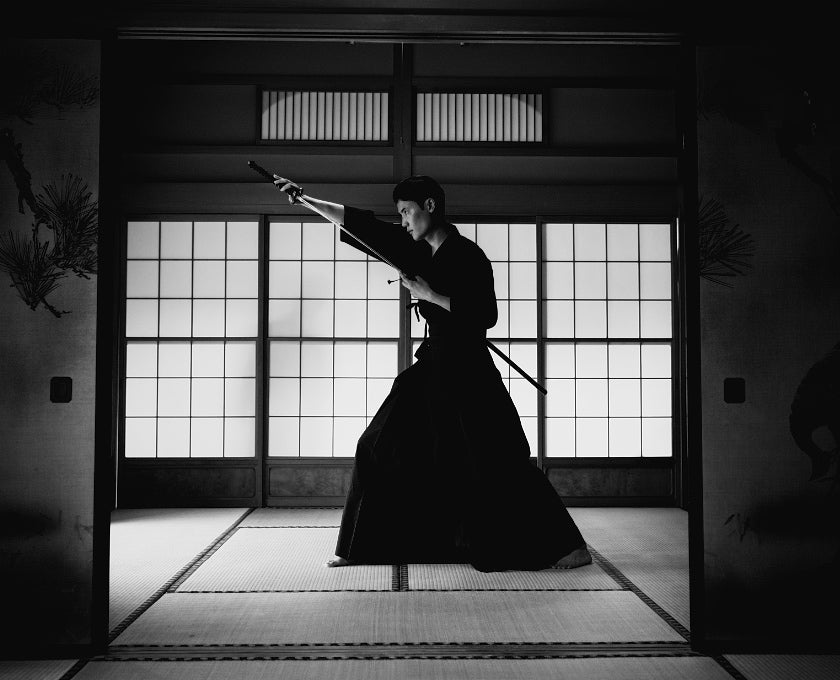
Unveiling the History, Craftsmanship, and Soul of the Samurai Sword The katana is arguably the most iconic Japanese sword ever forged. Renowned for its graceful curvature, keen edge, and deep spiri...
Shop katana
Our katana store offers a wide selection of japanese swords — from traditional katanas and anime-inspired designs to fully functional blades — featuring a variety of materials and craftsmanship to suit your preferences.



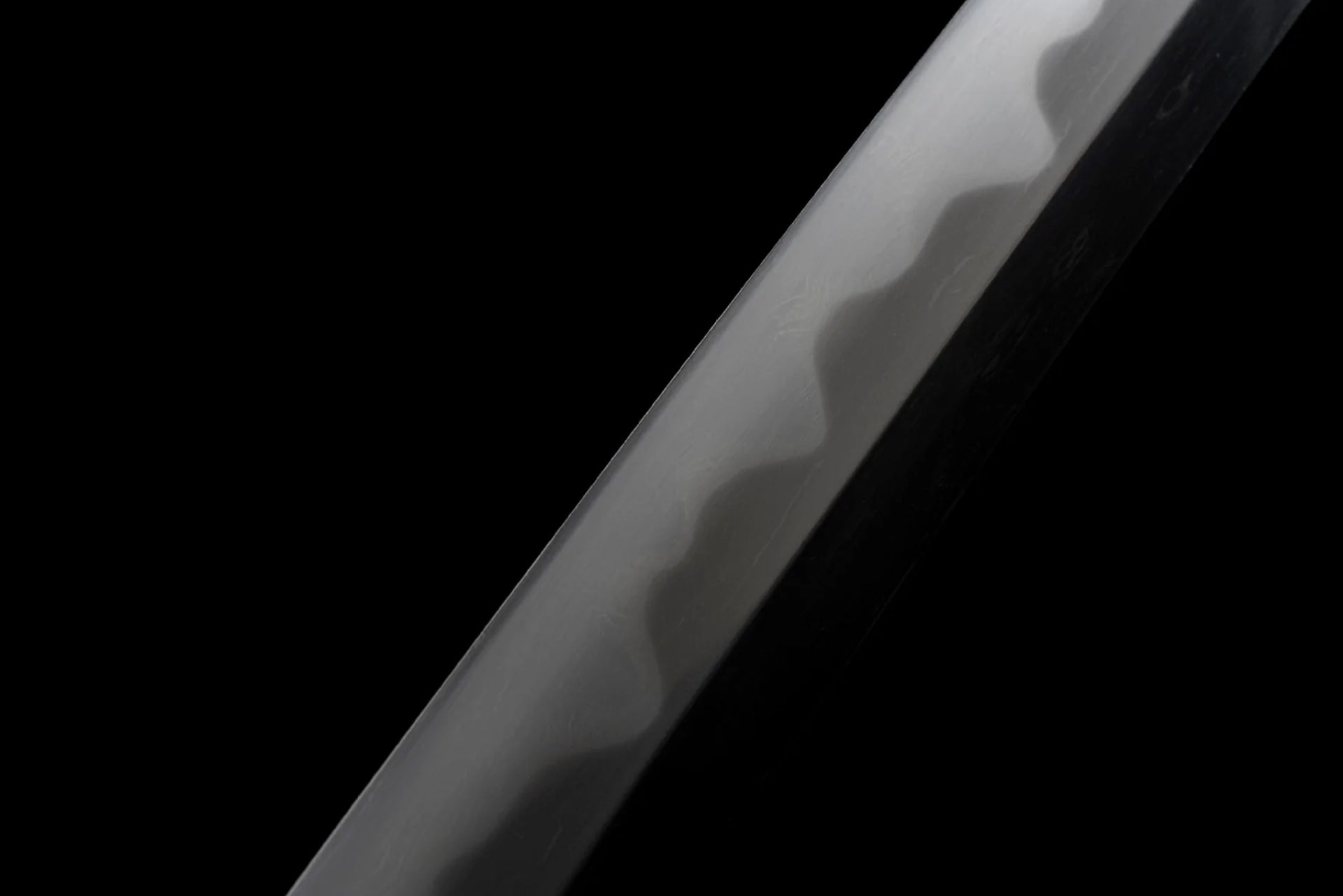
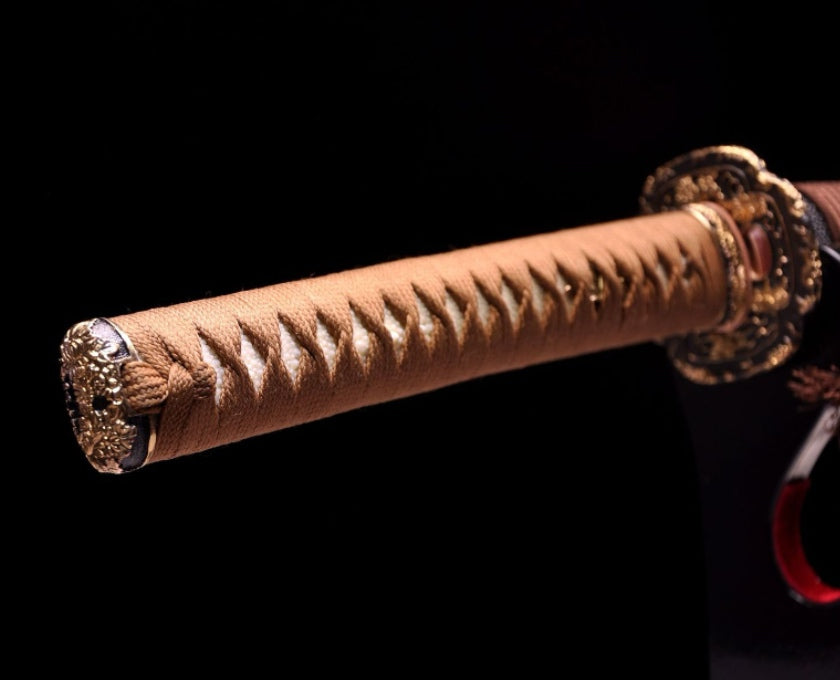
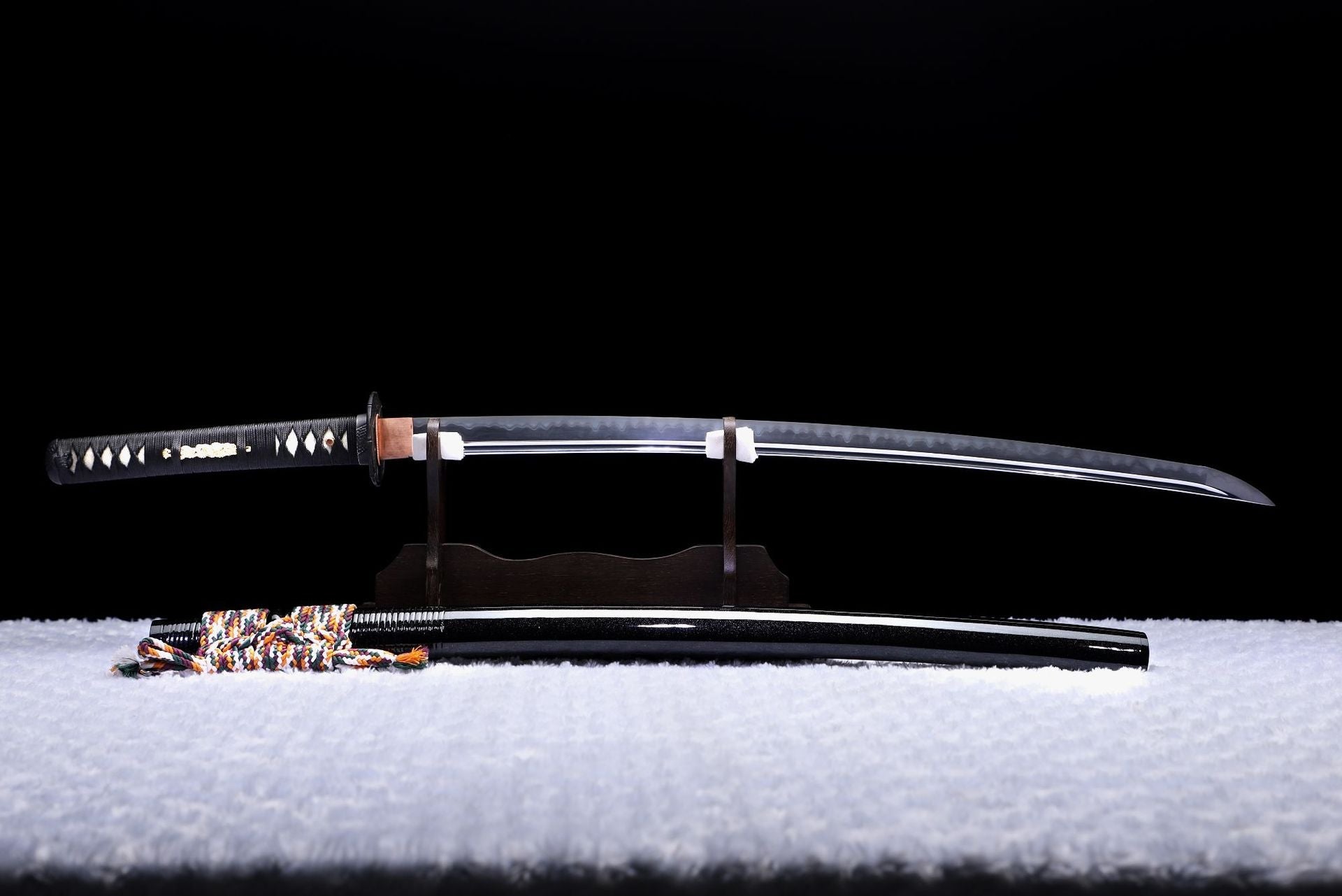
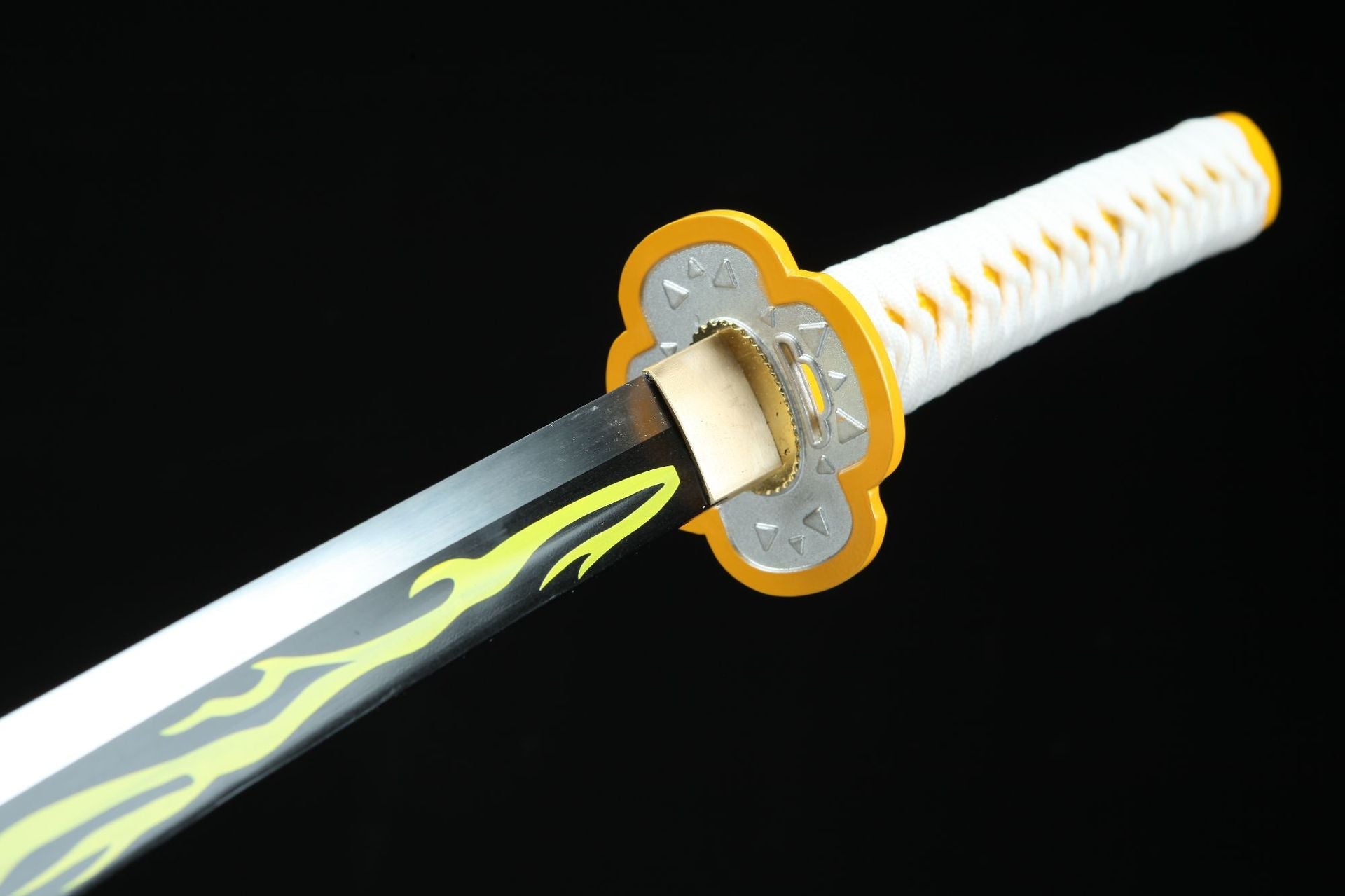
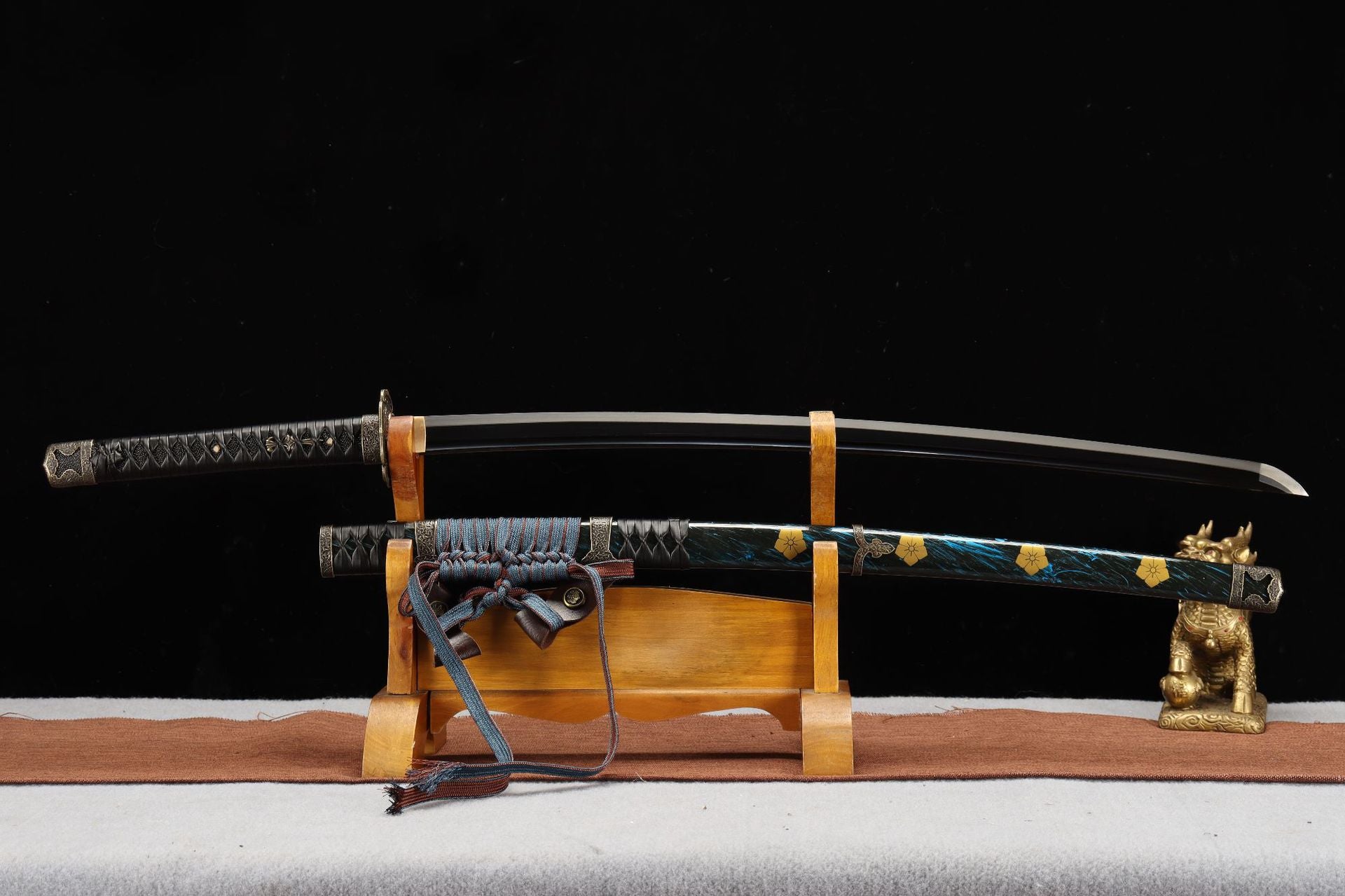
Leave a comment
All comments are moderated before being published.
This site is protected by hCaptcha and the hCaptcha Privacy Policy and Terms of Service apply.